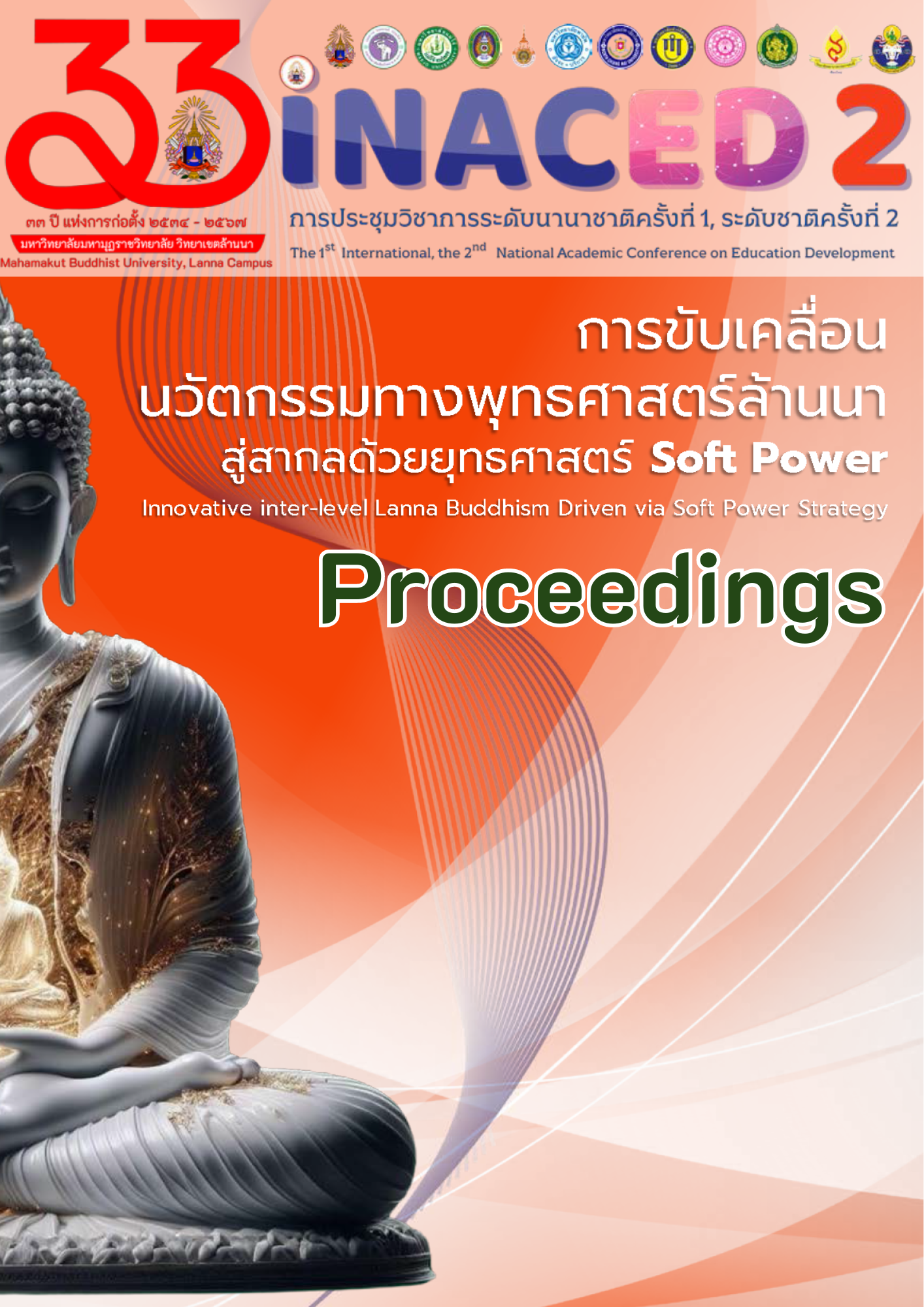การสอนภาษาไทยในฐานะภาษาที่สองของนักเรียนกลุ่มชาติพันธุ์ม้ง
บทคัดย่อ
การสอนภาษาไทยดูเป็นเรื่องปรกติทั่วไปสำหรับคนไทยที่ใช้ภาษาไทยในชีวิตประจำวัน ซึ่งไม่ใช่อุปสรรคสำคัญที่จะเรียนรู้การอ่านการเขียนภาษาไทย แต่โดยข้อเท็จจริงแล้วในประเทศไทยยังมีกลุ่มชาติพันธุ์ที่หลากหลาย อาศัยอยู่ร่วมกันในประเทศไทย ร่วมกันขับเคลื่อนเศรษฐกิจและสังคม โดยเฉพาะกลุ่ม ชาติพันธุ์ม้ง ซึ่งในประเทศไทยมีจำนวนมากกว่า 150,000 คน โดยกระจายตัวอาศัยอยู่ตามจังหวัดต่าง ๆ โดยเฉพาะพื้นที่ภาคเหนือ เช่น จังหวัดตาก จังหวัดเชียงใหม่ จังหวัดเชียงราย ซึ่งมีประชากรชาติพันธุ์ม้งอาศัยอยู่เป็นจำนวนมาก ส่งผลให้ในหลายพื้นที่ที่มีการก่อตั้งโรงเรียนนั้นมีจำนวนนักเรียนทั้งหมดเป็นนักเรียน ชาติพันธุ์ม้ง การสอนภาษาไทยจึงเป็นการสอนในฐานะภาษาที่สองสำหรับนักเรียนในกลุ่มนี้ เนื่องด้วยนักเรียนใช้ภาษาม้ง (Hmong language) เป็นภาษาหลักในชีวิตประจำวัน การสอนภาษาไทยโดยใช้สื่อรูปภาพในชีวิตประจำวันของนักเรียนเข้ามาร่วมบูรณาการด้วยสามารถช่วยให้นักเรียนเข้าใจบทเรียนและมีภาพจำเนื้อหาที่คงทนถาวร
บรรณานุกรม
สำนักวิทยบริการและเทคโนโลยีสารสนเทศ มาหาวิทยาลัยราชภัฏกำแพงเพชร. (2563). ชนเผ่าม้ง (HMONG). https://arit.kpru.ac.th/ap2/local/?nu=pages&page_id=1795&code_db=610004&code_type=05
สุมิตรา อังวัฒนากุล. (2540). วิธีสอนภาษาอังกฤษเป็นภาษาต่างประเทศ. กรุงเทพฯ : จุฬาลงกรณ์มหาวิทยาลัย.

